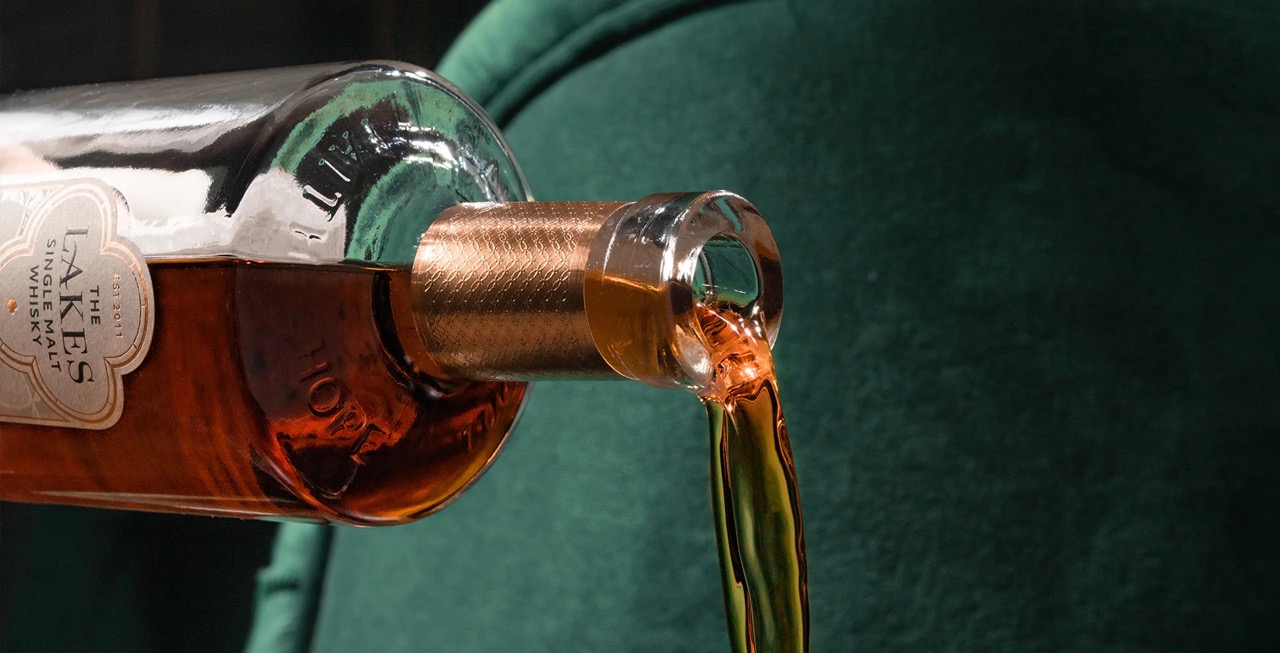

Articles
How To Store Opened Whiskey
Modified: February 23, 2024
Discover the best methods for storing opened whiskey in this comprehensive articles. Keep your favorite spirit fresh and full of flavor for longer.
(Many of the links in this article redirect to a specific reviewed product. Your purchase of these products through affiliate links helps to generate commission for Storables.com, at no extra cost. Learn more)
Introduction
Welcome to the world of whiskey! Whether you’re a seasoned aficionado or just beginning your whiskey journey, one important aspect of enjoying this fine spirit is knowing how to properly store it, especially once a bottle has been opened. Proper storage is crucial for maintaining the quality, taste, and aroma of opened whiskey over time.
When a whiskey bottle is opened, it becomes susceptible to various factors that can affect its flavor and overall quality. Factors such as exposure to light, temperature fluctuations, and air contact can all impact the whiskey’s characteristics over time. But fear not! In this article, we will delve into the details of storing opened whiskey and explore the techniques to preserve its flavors and aromas.
Proper storage techniques for opened whiskey involve a combination of factors, including the type of container used, the storage location, and the duration of storage. By following these guidelines, you can ensure that your opened whiskey remains enjoyable for an extended period.
One of the simplest ways to store opened whiskey is to keep it in its original bottle. Whiskey bottles are designed to protect the liquid from external elements such as light and air. However, there are additional steps you can take to maximize the longevity of your opened bottle.
Another option is to transfer your whiskey to smaller containers. By doing so, you minimize the amount of air in contact with the whiskey, which can lead to oxidation and a decrease in flavor over time. Smaller containers also allow for more efficient storage, as they take up less space and are easier to handle.
It’s essential to protect the quality and flavor of opened whiskey by minimizing its exposure to light and temperature fluctuations. Ultraviolet (UV) light can degrade the whiskey, leading to chemical reactions that impact the taste and color. Additionally, storing whiskey in areas with stable temperatures, away from heat sources, will help maintain its integrity.
By following these proper storage techniques, you can ensure that your opened whiskey remains enjoyable for months or even years. In addition to these techniques, there are a few additional tips that can further enhance the storage of opened whiskey.
Now that we have laid the foundation, let’s dive deeper into each of these storage techniques to better understand how to store opened whiskey and maintain its quality and flavor for as long as possible.
Key Takeaways:
- Proper storage of opened whiskey involves minimizing factors such as oxidation, light exposure, and air contact. Techniques include using smaller containers, storing in a dark place, and maintaining stable temperatures to preserve the spirit’s quality and flavor.
- Additional tips for storing opened whiskey include avoiding excessive handling, refraining from adding water, and regularly checking the flavor and aroma. By incorporating these tips, whiskey enthusiasts can prolong the enjoyment of their precious spirits and savor each pour.
Read more: How To Store Open Whiskey
Factors Affecting the Storage of Opened Whiskey
When it comes to storing opened whiskey, there are several factors that can have an impact on its quality and longevity. It’s important to be aware of these factors to ensure that your whiskey retains its flavor and aroma for as long as possible. Let’s take a closer look at the key factors affecting the storage of opened whiskey.
- Oxidation: Once a bottle of whiskey is opened, it starts to interact with oxygen in the air. This interaction, known as oxidation, can gradually change the flavor and aroma of the whiskey. Exposure to oxygen causes chemical reactions in the whiskey, leading to a decrease in its quality over time.
- Light: Another factor that can affect the storage of opened whiskey is light. Ultraviolet (UV) light, particularly sunlight, can degrade the whiskey and accelerate the oxidation process. Overexposure to light can result in undesirable changes in the taste, color, and overall quality of the whiskey.
- Temperature Fluctuations: Fluctuations in temperature can also have a significant impact on the storage of opened whiskey. When whiskey is exposed to frequent changes in temperature, it expands and contracts, causing the liquid to interact with the air inside the bottle. These temperature fluctuations can accelerate the oxidation process and lead to a decline in the whiskey’s quality.
- Humidity: Humidity levels can affect the storage of whiskey, especially if it is stored in environments with high humidity. Excessive moisture in the air can seep into the whiskey bottle, diluting the spirit and altering its flavor profiles. It is crucial to store whiskey in a dry and controlled environment to minimize the effects of humidity.
- Air Exposure: The amount of air in contact with the whiskey plays a role in its storage. The more air present in the bottle, the higher the likelihood of oxidation and the faster the deterioration of the whiskey’s flavors and aromas. Minimizing air exposure is key to preserving the quality of opened whiskey over time.
Now that we have identified the factors that can affect the storage of opened whiskey, it’s time to explore the proper techniques that can help mitigate these factors and extend the shelf life of your precious whiskey collection.
Proper Storage Techniques for Opened Whiskey
Storing opened whiskey requires careful consideration of various factors to maintain its quality and flavors. By following these proper storage techniques, you can prolong the lifespan of your opened whiskey and continue to enjoy its exquisite taste. Let’s delve into some essential techniques for storing opened whiskey.
- Keep it in the Original Bottle: One of the simplest and most effective ways to store opened whiskey is to keep it in its original bottle. The original bottle is designed to protect the whiskey from external elements and minimize air exposure. Ensure that the bottle is sealed tightly after every use to prevent unnecessary oxidation.
- Store in a Dark Place: Exposure to light, especially sunlight and UV light, can be detrimental to the quality of opened whiskey. To prevent the degradation of flavors and aromas, store your whiskey in a dark place, like a cupboard or a cellar, away from direct light sources. This will help preserve the whiskey’s color and prevent any unwanted chemical reactions caused by light exposure.
- Maintain Stable Temperatures: Fluctuations in temperature can accelerate the oxidation process and impact the quality of opened whiskey. It is recommended to store your whiskey in an area with stable temperatures, ideally between 15-20 degrees Celsius (59-68 degrees Fahrenheit). Avoid storing the whiskey near heat sources or in areas with extreme temperature changes.
- Use a Cool and Dry Storage Area: Humidity can adversely affect the quality of whiskey by diluting it and altering its flavor profiles. Therefore, it is crucial to store opened whiskey in a cool and dry environment. Avoid areas with high humidity levels, such as kitchens, bathrooms, or basements. A temperature-controlled room or a dedicated whiskey cabinet is ideal for preserving the integrity of the spirit.
- Minimize Air Exposure: Air exposure is a key factor in the oxidation process that can diminish the flavors and aromas of opened whiskey. To minimize air exposure, ensure that the bottle is tightly sealed after each use. You can also use a vacuum pump to remove excess air from the bottle before sealing it. Additionally, consider transferring the whiskey to smaller bottles or decanters to reduce the surface area exposed to air.
By implementing these proper storage techniques, you can safeguard the quality and deliciousness of your opened whiskey. In the next sections, we will explore storing whiskey in its original bottle and using smaller containers for even better preservation of opened whiskey.
Storing Whiskey in Its Original Bottle
One of the simplest and most convenient ways to store opened whiskey is to keep it in its original bottle. Whiskey bottles are designed to provide a protective barrier against light, air, and other environmental factors, ensuring the preservation of the spirit’s quality and flavor. Here are some key points to consider when storing whiskey in its original bottle:
- Seal the Bottle Tightly: After each use, make sure to secure the bottle cap or cork tightly to minimize air exposure. This will help prevent oxidation and maintain the whiskey’s original taste and aroma.
- Store in a Dark Place: Light, particularly sunlight and UV rays, can negatively impact the flavors and color of whiskey. Keep the original bottle in a dark place, such as a cabinet or a cellar, to protect it from excessive light exposure. This will help preserve the whiskey’s integrity over time.
- Avoid Temperature Fluctuations: Temperature fluctuations can affect the chemistry of whiskey, leading to potential changes in taste and aroma. Store the original bottle in an area with a stable temperature, away from heat sources or areas prone to temperature variations. Ideally, the temperature should be between 15-20 degrees Celsius (59-68 degrees Fahrenheit).
- Position the Bottle Upright: While it’s common to store wine bottles horizontally, whiskey bottles should be stored upright. Whiskey has a higher alcohol content, which can deteriorate the natural cork over time if stored horizontally. By storing the bottle upright, you minimize the risk of cork damage and potential leakage.
- Make Note of the Opening Date: To keep track of how long the whiskey has been opened, it’s helpful to mark the date of opening on the bottle. This will serve as a reference point for assessing the whiskey’s freshness and quality over time.
Storing whiskey in its original bottle is a simple and effective method for preserving the integrity of the spirit. However, if you prefer alternative storage options or want to further minimize air contact, using smaller containers or decanters can be a viable solution, as we’ll explore in the next section.
Store opened whiskey in a cool, dark place away from direct sunlight and extreme temperatures. Use a tightly sealed bottle to prevent oxidation and maintain the flavor. Avoid storing it near strong-smelling items as whiskey can absorb odors.
Using Smaller Containers for Storing Opened Whiskey
While storing whiskey in its original bottle is a common practice, another effective technique for preserving opened whiskey is to transfer it to smaller containers or decanters. By doing so, you can minimize the amount of air in contact with the whiskey, reducing the potential for oxidation and prolonging its shelf life. Here’s a closer look at using smaller containers for storing opened whiskey:
- Choose a Suitable Container: Select a smaller container or decanter made of glass or crystal that has an airtight seal. It’s important to ensure that the container is clean and free from any residue or odors that may affect the whiskey’s flavor.
- Pour the Whiskey Carefully: When transferring the whiskey to the smaller container, pour it carefully to avoid splashing or introducing excessive air into the process. Slowly and gently pour the whiskey into the container while minimizing agitation to prevent unnecessary oxidation.
- Fill the Container to the Top: To further minimize air exposure, fill the smaller container as close to the top as possible. This reduces the surface area in contact with air, slowing down the oxidation process and preserving the whiskey’s flavors and aromas.
- Seal the Container Securely: Once the whiskey is in the smaller container, ensure that it is tightly sealed to prevent air from entering. Check for any leaks or gaps in the container’s seal that might compromise the whiskey’s freshness.
- Store in a Suitable Location: Like with storing whiskey in its original bottle, find a suitable location to store the smaller container. Keep it in a dark place, away from direct sunlight or excessive heat, and maintain a stable temperature to preserve the quality of the whiskey.
Using smaller containers for storing opened whiskey offers several benefits. It reduces the amount of air in contact with the whiskey, slows down oxidation, and allows for more efficient storage, especially if you have limited space. Additionally, it provides an opportunity to showcase your whiskey collection and adds a touch of elegance to your home bar or display cabinet.
Remember to label the smaller container with the name of the whiskey and the date it was transferred. This will help you keep track of the lifespan of the opened whiskey and ensure you can enjoy it at its best.
Now that you know how to store opened whiskey using smaller containers, it’s time to explore additional tips for protecting the quality and flavor of your precious spirit.
Read more: How To Store Whiskey After Opening
Protecting the Quality and Flavor of Opened Whiskey
When it comes to storing opened whiskey, it’s not only about choosing the right container or storage method. There are additional steps you can take to protect the quality and flavor of your precious spirit. By following these tips, you can ensure that your opened whiskey remains enjoyable for an extended period:
- Avoid Excessive Handling: Limit the amount of time you handle the whiskey bottle or smaller container. Excessive handling can introduce heat and potentially impact the temperature of the whiskey, leading to fluctuations that may affect its taste and aroma.
- Keep Away from Strong Odors: Whiskey is highly sensitive to odors. To preserve the original flavor and aroma, store opened whiskey away from strong-smelling substances such as cleaning agents, spices, or other spirits.
- Avoid Temperature Extremes: Extreme temperatures can have a detrimental effect on the quality of opened whiskey. Avoid storing the whiskey in areas exposed to excessive heat or cold, such as near radiators or freezers. Maintaining a stable temperature will help ensure the whiskey remains untainted.
- Limit Air Exposure: Even with proper storage techniques, it’s important to minimize the amount of air the whiskey is exposed to. When pouring from the bottle or smaller container, try to pour only the amount you intend to consume, reducing the frequency of opening and closing the container.
- Store in a Cool and Dry Place: In addition to protecting against light and temperature fluctuations, it’s crucial to store opened whiskey in a cool and dry environment. Avoid areas with high humidity, as excessive moisture can infiltrate the bottle or container and impact the whiskey’s quality.
- Refrain from Adding Water: Some whiskey enthusiasts prefer to add a few drops of water to their whiskey to enhance the flavors and aromas. However, if you plan to store the opened whiskey for an extended period, it’s best to refrain from adding water. Water can contribute to further oxidation and potentially alter the flavor profile over time.
- Rotate Your Collection: If you have a collection of opened whiskey bottles or smaller containers, consider rotating through them. By consuming from different bottles, you prevent any one bottle from being exposed to air and oxidation for an extended period.
- Enjoy Within a Reasonable Time Frame: While opened whiskey can be stored and enjoyed over an extended period, it’s important to note that whiskey is intended for consumption. Aim to enjoy your opened whiskey within a reasonable time frame, typically within 1-2 years, to fully appreciate its flavors and maintain optimal quality.
Following these tips will help protect the quality and flavor of your opened whiskey. Remember, the key is to minimize exposure to external factors that can negatively impact the spirit over time. By taking these precautions, you can continue to savor the delightful experience of enjoying your favorite whiskey for as long as possible.
Now that we’ve covered the tips for protecting opened whiskey, let’s wrap up with a few concluding thoughts.
Additional Tips for Storing Opened Whiskey
When it comes to storing opened whiskey, there are a few additional tips and tricks that can further enhance the preservation of its quality and flavor. These tips will help you make the most out of your whiskey storage experience. Let’s explore these additional tips:
- Invest in Whiskey Stones or Chilling Cubes: If you prefer your whiskey chilled, consider using whiskey stones or chilling cubes instead of ice. These can help cool the whiskey without diluting it, preserving the original flavors.
- Monitor Temperature and Conditions: Keep an eye on the temperature and conditions of the storage area. Regularly check for any signs of mold or unusual odors that could indicate issues with the environment. If necessary, adjust the storage location accordingly.
- Keep an Inventory: Maintaining an inventory of your opened whiskey collection can help you keep track of the bottles or containers and their opening dates. This will allow you to easily monitor the freshness of each whiskey and prioritize consumption based on the order of opening.
- Consider Whiskey Preservers: Various whiskey preservers are available in the market. These devices claim to seal opened whiskey bottles to prevent oxidation and prolong freshness. While opinions on their effectiveness vary, they may be worth exploring if you have a particularly precious or expensive bottle of whiskey.
- Share with Friends and Loved Ones: Whiskey is meant to be enjoyed and shared. If you find that you have a surplus of opened whiskey bottles, consider sharing them with friends and loved ones. Not only will this allow you to enjoy the whiskey in good company, but it will also help ensure that it gets consumed within a reasonable time frame.
- Regularly Check the Flavor and Aroma: Every once in a while, open a bottle or container and assess the flavor and aroma of the whiskey. This will give you an idea of how the whiskey is developing over time. If you notice any significant deterioration, it may be a sign that the whiskey should be consumed soon.
By incorporating these additional tips into your whiskey storage routine, you can further enhance and prolong the enjoyment of opened whiskey. Remember, the ultimate goal is to maintain the quality, flavors, and aromas that make whiskey a truly remarkable spirit.
Now that you are armed with the knowledge of proper storage techniques, factors affecting storage, and additional tips, you can confidently embark on your journey to store opened whiskey and preserve its excellence. Cheers to many delightful whiskey moments ahead!
Please note that the information provided in this article is for informational purposes only. It is always best to follow the specific recommendations provided by the whiskey manufacturer or consult with whiskey experts for expert advice on storing and enjoying your favorite spirits.
Conclusion
Storing opened whiskey is crucial to ensure the longevity of its quality, flavor, and aroma. By understanding the factors that can affect whiskey storage, implementing proper techniques, and following additional tips, you can preserve the excellence of your opened whiskey collection.
Factors such as oxidation, light exposure, temperature fluctuations, humidity, and air contact can all impact the quality of opened whiskey. By minimizing these factors, you can extend the lifespan of your whiskey and continue to enjoy its rich and complex flavors.
The proper storage techniques discussed in this article include keeping whiskey in its original bottle, storing it in a dark place, maintaining stable temperatures, using smaller containers to minimize air exposure, and storing in a cool and dry environment. Adhering to these techniques will help protect your whiskey from oxidation and preserve its original characteristics.
In addition to these techniques, there are additional tips to consider. Avoid excessive handling and exposure to strong odors. Store your whiskey away from extreme temperatures and limit air exposure. Label your opened bottles and consider rotating through your collection to ensure equal usage of each bottle. Enjoy your whiskey within a reasonable time frame and refrain from adding water if intending to store it for an extended period.
Remember, whiskey is a spirit meant to be savored and shared. By following these guidelines, you can ensure that each pour of your opened whiskey remains a delightful experience for as long as possible.
Now that you have a comprehensive understanding of storing opened whiskey and preserving its quality, it’s time to put this knowledge into practice. Take the steps necessary to protect your whiskey collection and enjoy the rich and flavorful journey that each bottle has to offer.
Cheers to the remarkable world of whiskey and the pleasure it brings!
Frequently Asked Questions about How To Store Opened Whiskey
Was this page helpful?
At Storables.com, we guarantee accurate and reliable information. Our content, validated by Expert Board Contributors, is crafted following stringent Editorial Policies. We're committed to providing you with well-researched, expert-backed insights for all your informational needs.
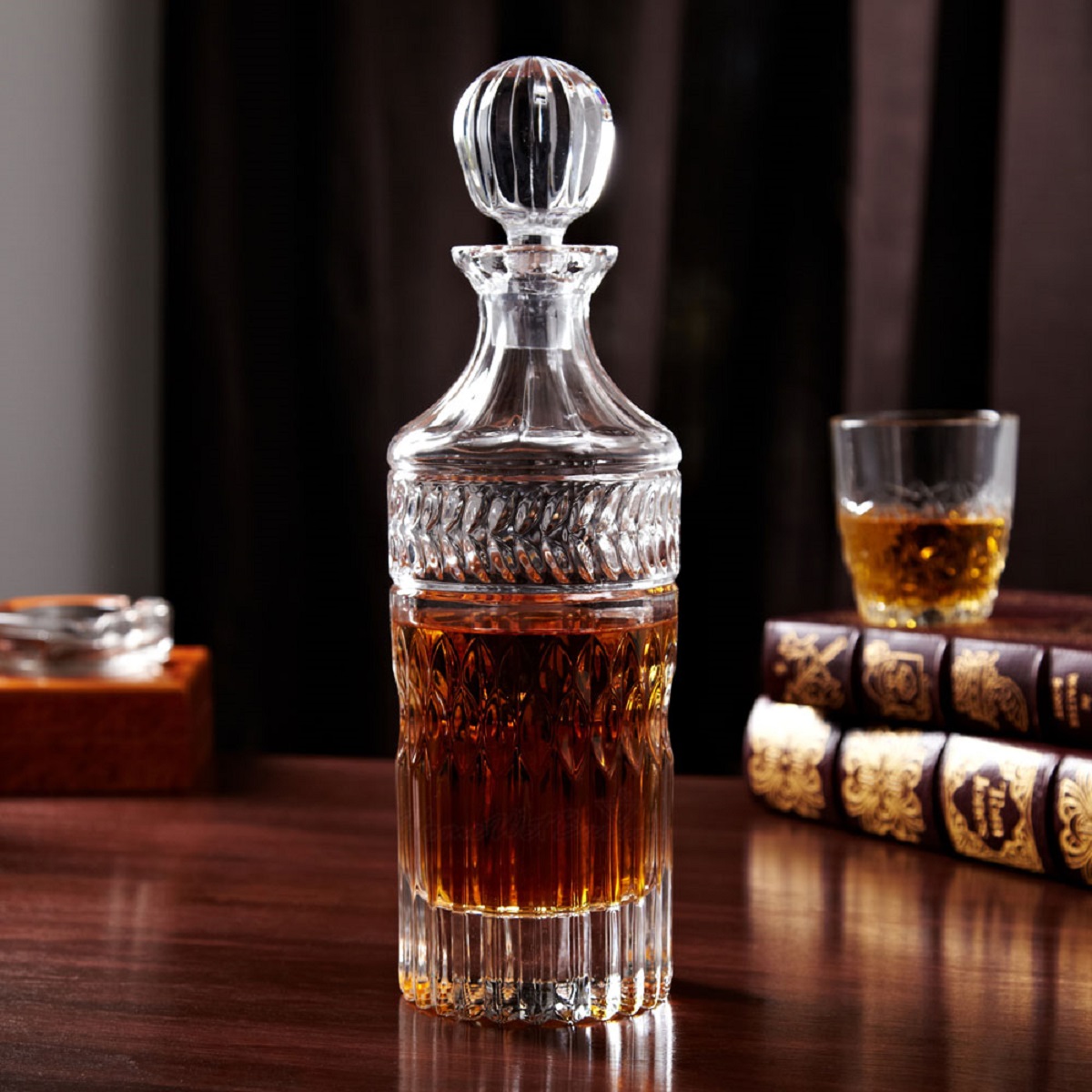

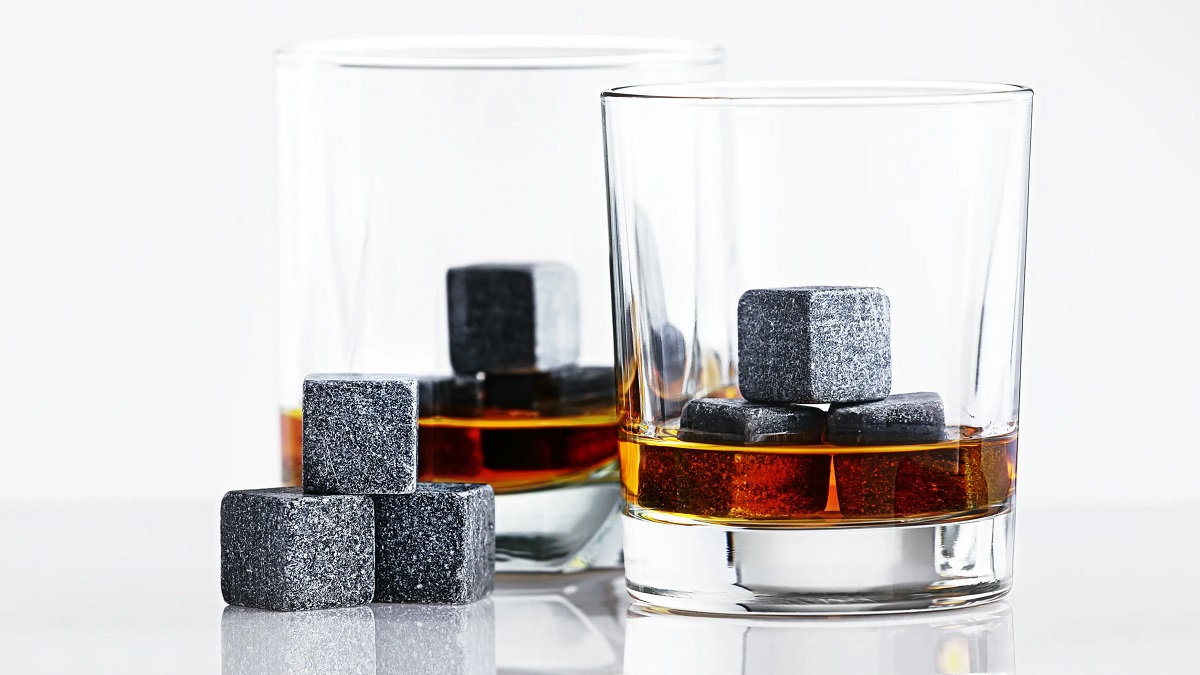
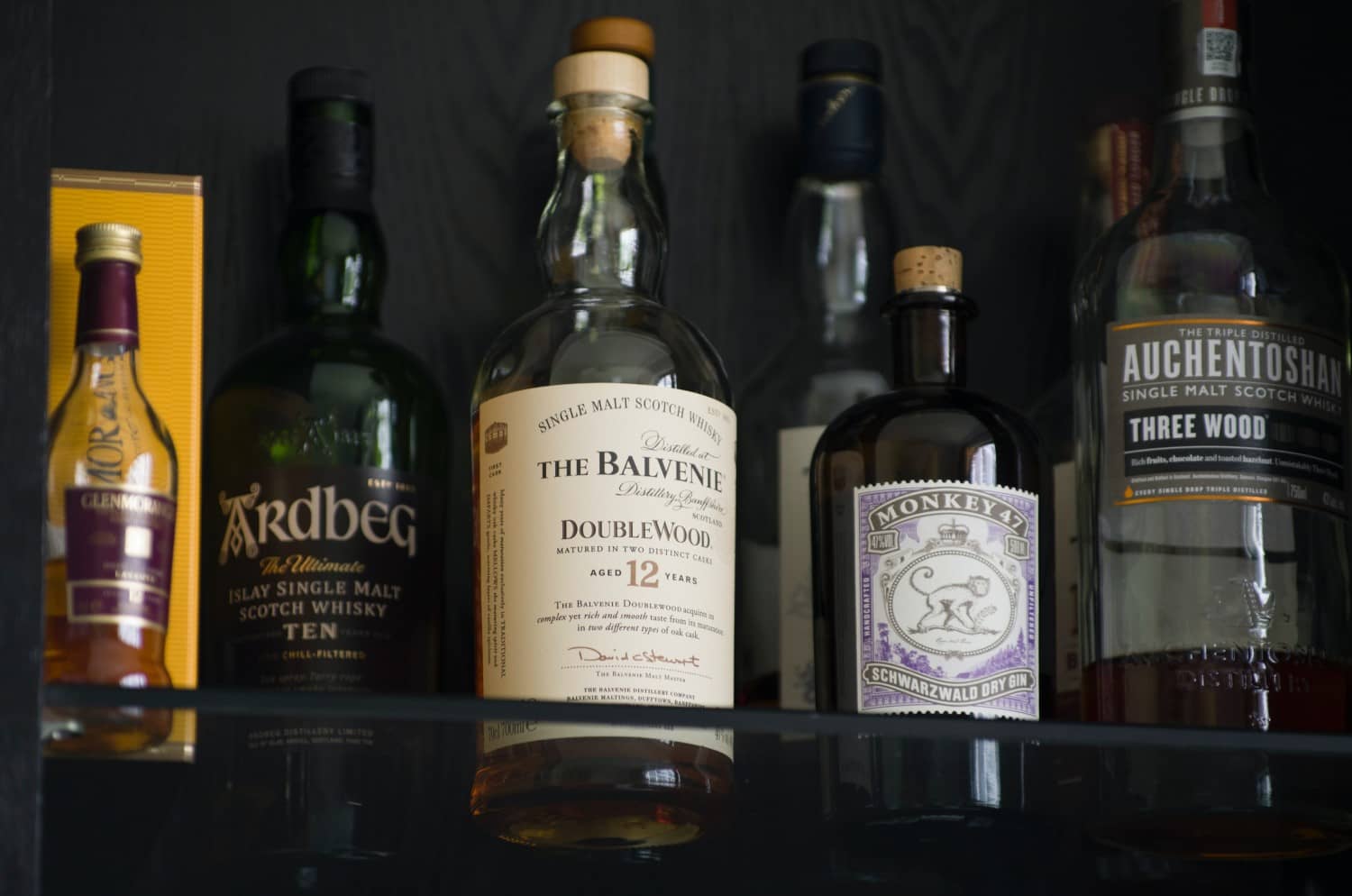





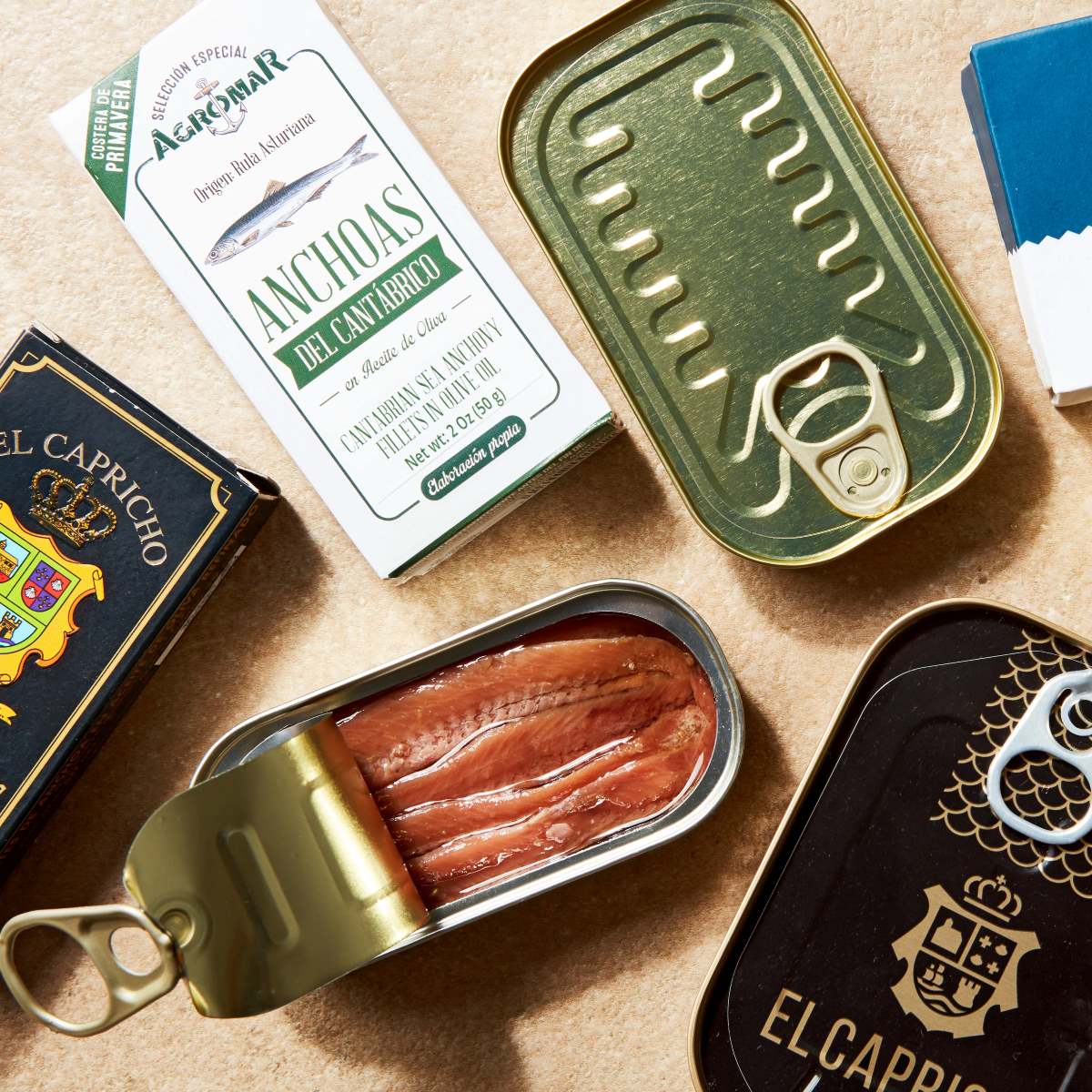
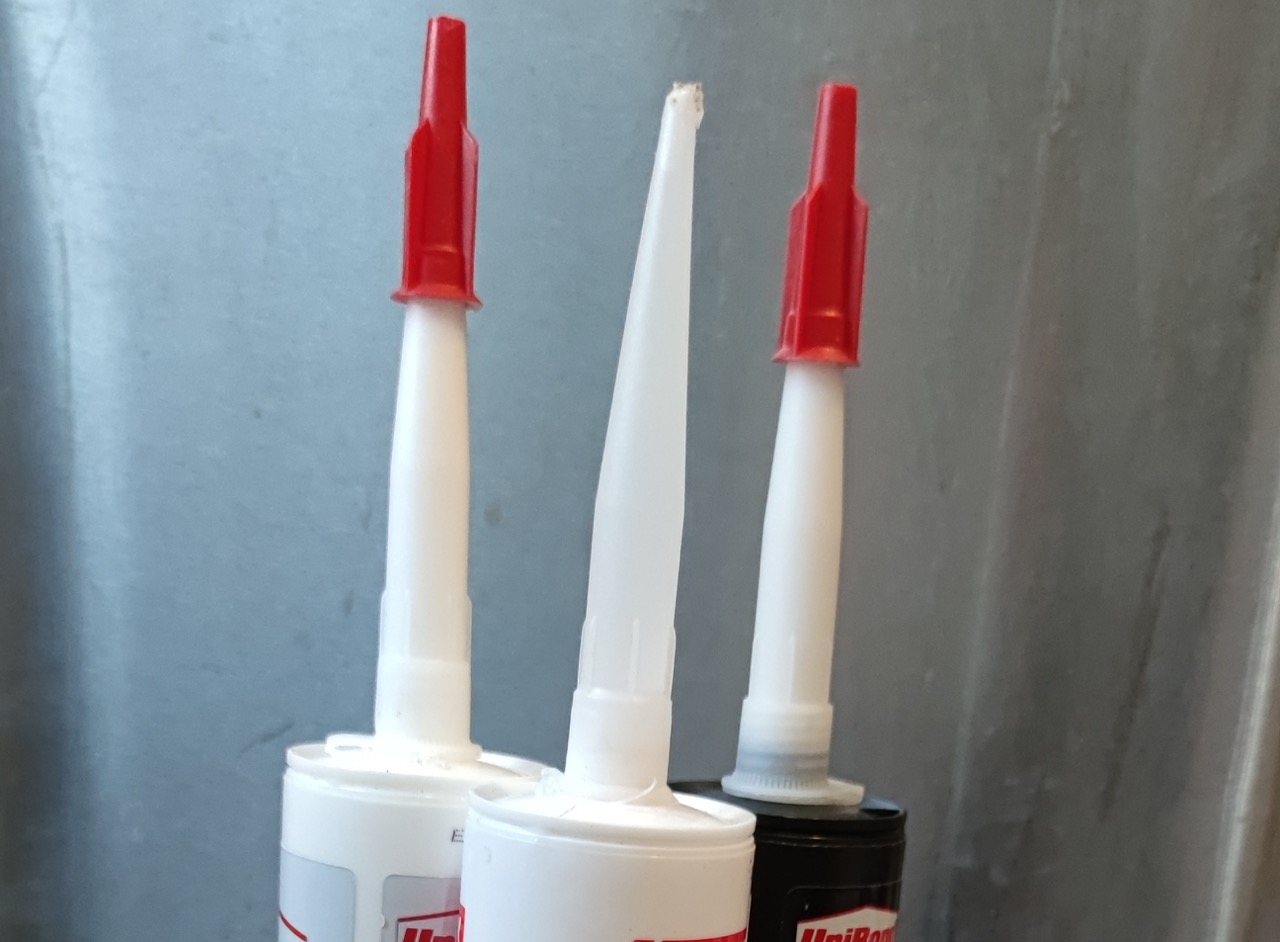




0 thoughts on “How To Store Opened Whiskey”